CFAB diversions, a bobcat plan, free pheasants and more
Last week in this column I explained how through new language in the state’s 2011 budget, dollars earmarked for outdoor sports programs, could be pulled into the general fund to help reduce the deficit. Call it what you like, "a raid" is my terminology.
Ceding to an angry Conservation Fund Advisory Board (which oversees the use of this money), the language was changed in the 2012 governor’s budget. However, as of this writing, this has not been officially accepted by the US Fish and Wildlife Agency. They are the ones that collect the excise tax money on hunting and fishing gear, then distribute it to the NYS Conservation Fund for use in fish and wildlife programs. For the current year it amounts to about $21 million. No small change!

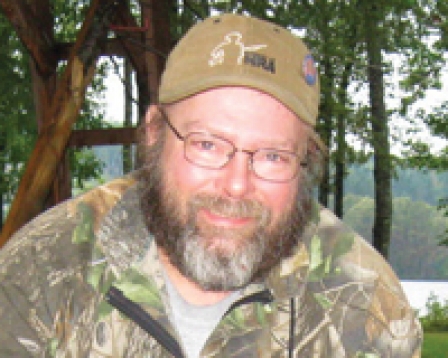

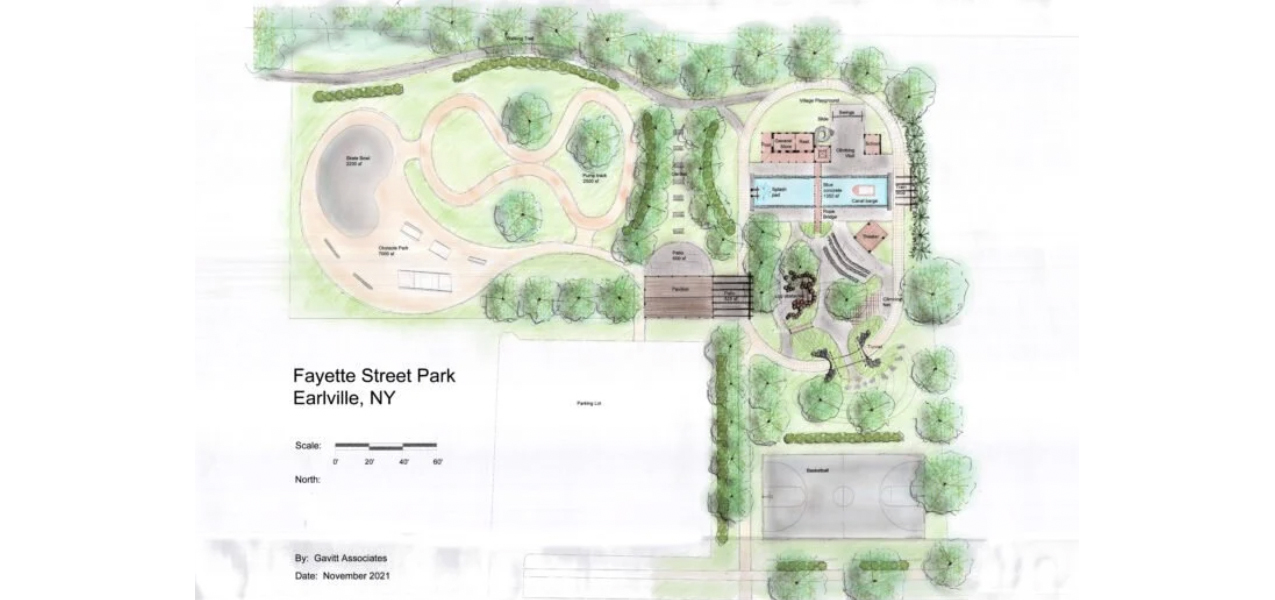
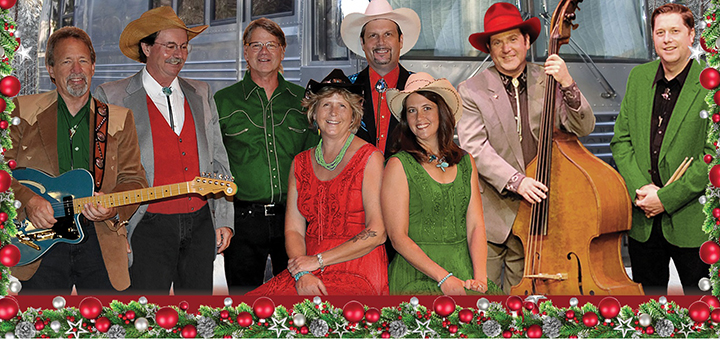


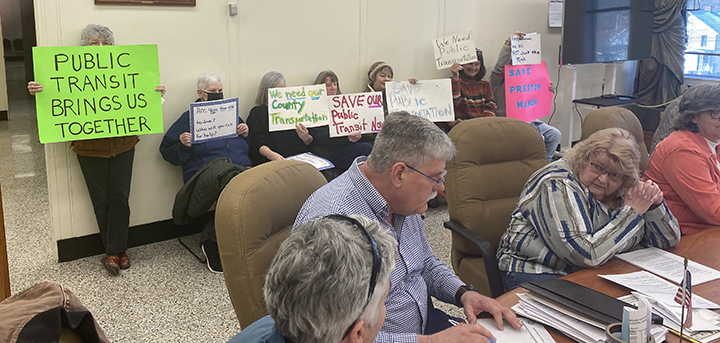

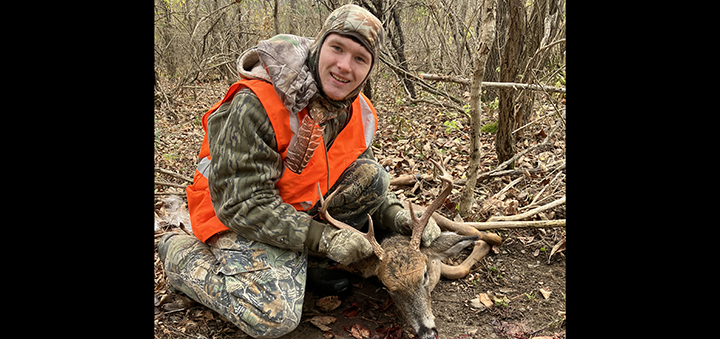

Comments